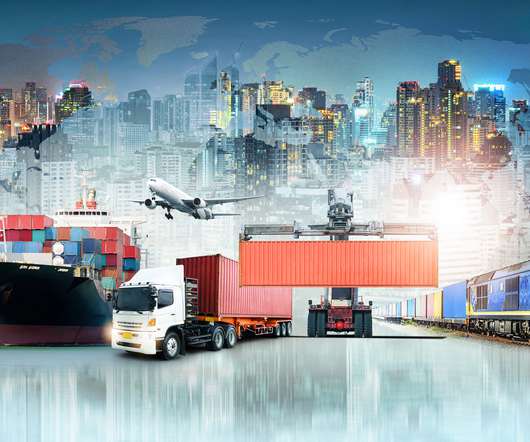COVID-19 in 2021: Supply Chain Organizations’ Biggest Concerns
DynaSys
FEBRUARY 3, 2021
And, there is a variable impacting emerging markets, which are major suppliers of so many commodities and inputs for global industry: Can limited medical infrastructures handle devastating disease upticks? Global or local supply chain bottlenecks. That decision threatened to bring potential meat shortages.















Let's personalize your content